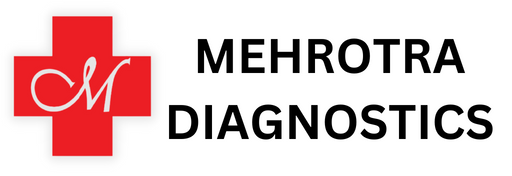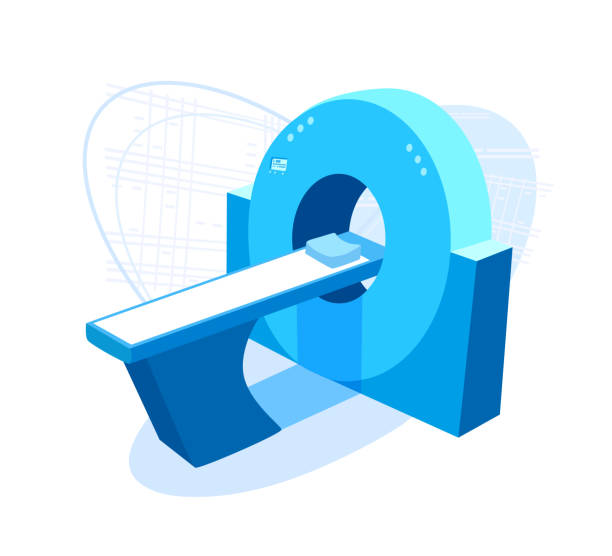
CECT ANGIOGRAPHY ( CEREBRAL)
From: ₹8,500.00
CECT Angiography (Cerebral) is a diagnostic imaging procedure that uses computed tomography (CT) scanning and a contrast material to visualize and evaluate the blood vessels in the brain. It provides detailed images of the cerebral arteries and helps identify any abnormalities or blockages.
Duration: The duration of CECT Angiography (Cerebral) can vary depending on several factors, including the imaging facility’s protocols and the patient’s specific condition. Generally, the procedure itself takes about 20 to 40 minutes. However, you should also consider additional time for pre-test preparations, such as registration, changing into a hospital gown, and inserting an intravenous (IV) line for contrast injection. Overall, you can expect to spend approximately one to two hours at the imaging facility for the entire process, including pre-test preparations, the procedure itself, and any post-procedure observation.
Pre-Test Preparation:
- Fasting: You may be instructed to avoid eating or drinking anything for a specific period before the procedure, typically around four to six hours. Fasting is important to ensure accurate imaging results, as food in the stomach can interfere with the clarity of the images.
- Medication: Inform your healthcare provider about any medications you are taking, including prescription drugs, over-the-counter medications, and herbal supplements. They may provide specific instructions regarding whether you should continue or temporarily stop taking certain medications before the test, especially if they can interfere with the procedure or the contrast material.
- Allergies: If you have a known allergy to contrast materials or iodine, inform your healthcare provider beforehand. They may take appropriate measures to minimize the risk of an allergic reaction, such as prescribing medications or using alternative contrast agents.
- Medical History: Provide your complete medical history, including any previous surgeries, current medical conditions, and allergies. This information will help your healthcare provider assess any potential risks or complications and tailor the procedure accordingly.
- Clothing: You may be asked to change into a hospital gown before the procedure. It’s advisable to wear loose and comfortable clothing to the imaging facility to facilitate the process.

